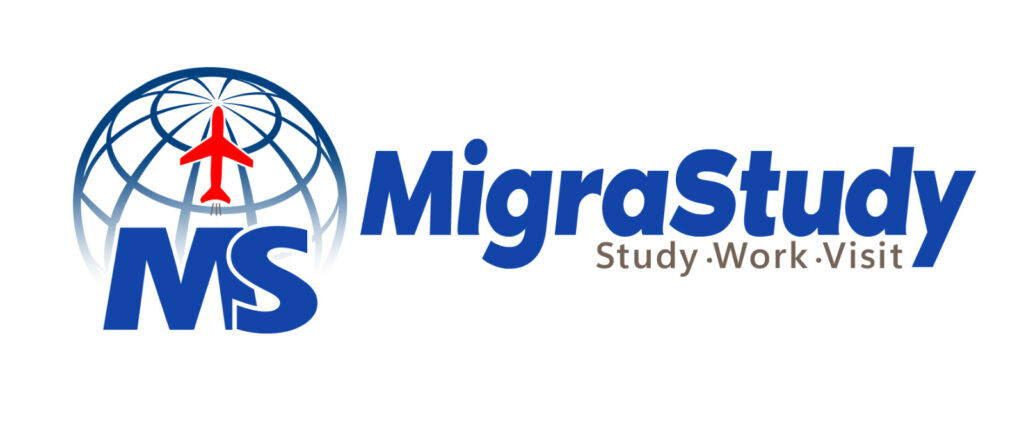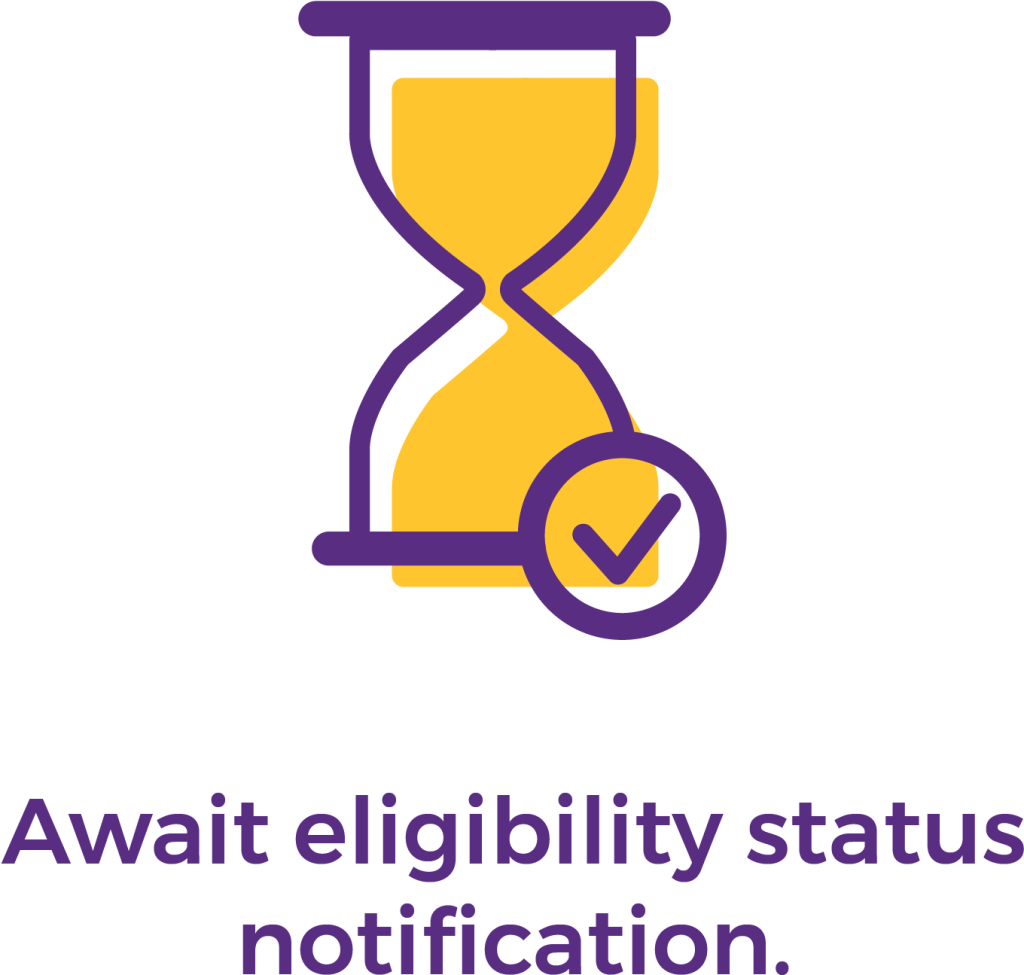
Comprehensive Guide to H1B, H2B, and H4 Visas
The U.S. visa system provides diverse pathways for individuals seeking employment opportunities or accompanying family members. Among the most prominent are the H1B, H2B, and H4 visas. Each serves distinct purposes, catering to different needs and eligibility criteria. Below is a detailed overview of these visas, their features, application processes, and benefits.
H1B Visa: Empowering Skilled Professionals
The H1B visa is a non-immigrant visa that enables U.S. employers to hire foreign professionals for specialty occupations requiring specialized knowledge and a bachelor’s degree or higher. This program plays a vital role in filling roles in technology, engineering, mathematics, and other high-demand sectors.
Key Features of the H1B Visa
- Specialty Occupation Requirement: Positions must involve theoretical and practical applications of specialized knowledge, requiring at least a bachelor’s degree in a relevant field.
- Employer Sponsorship: U.S. employers must sponsor the foreign worker by filing a petition with U.S. Citizenship and Immigration Services (USCIS).
- Duration: Initially granted for three years, with extensions available for up to six years.
- Annual Cap: Limited to 65,000 visas per fiscal year, with an additional 20,000 reserved for those holding advanced degrees from U.S. institutions. A lottery system is used if applications exceed the cap.
Dual Intent: H1B visa holders can apply for permanent residency (green card) while on the visa.

Application Process
- Labor Condition Application (LCA): Employers file an LCA with the Department of Labor, affirming fair wages and conditions for the H1B worker.
- Form I-129 Petition: Upon LCA approval, the employer files this petition with USCIS.
- Visa Stamping: Approved workers apply for the H1B visa at a U.S. embassy or consulate in their home country.
Family Members
Spouses and children under 21 of H1B holders can accompany them under the H4 visa. Eligible H4 visa holders may apply for an Employment Authorization Document (EAD) to work in the U.S.
H2B Visa: Temporary Non-Agricultural Work
The H2B visa is designed to address temporary labor shortages in non-agricultural sectors. It allows U.S. employers to hire foreign nationals for seasonal or peak-load positions.
Key Features of the H2B Visa
- Temporary Work: Typically valid for up to one year, with possible extensions up to three years.
- Industries Covered: Hospitality, construction, landscaping, tourism, and food processing.
- Annual Cap: Limited to 66,000 visas annually, split evenly between the first and second halves of the fiscal year.
- Employer Responsibility: Employers must prove a shortage of U.S. workers and ensure hiring foreign nationals won’t adversely impact wages or conditions.
Application Process
- Labor Certification: Employers secure certification from the U.S. Department of Labor.
- Petition Filing: Employers submit Form I-129 to USCIS.
- Visa Application: Approved workers apply for the H2B visa at a U.S. embassy or consulate.
Benefits
- Provides U.S. employers with flexible, short-term workforce solutions.
- Offers foreign nationals valuable work experience and competitive wages.
H4 Visa: Supporting Families of H1B Visa Holders
The H4 visa is a dependent visa for immediate family members (spouse and children under 21) of H1B visa holders, allowing them to join the primary visa holder in the U.S.
Key Features of the H4 Visa
- Eligibility: Issued to spouses and unmarried children of H1B holders.
- Work Authorization: Certain H4 visa holders can apply for an EAD, enabling them to work in the U.S. if the H1B holder is pursuing permanent residency.
- Educational Opportunities: H4 holders can study in the U.S. without restrictions.

Application Process
- Complete Form DS-160 (non-immigrant visa application).
- Pay the visa fee and schedule an interview.
- Gather required documents (e.g., proof of relationship, H1B approval notice).
- Attend the visa interview at a U.S. embassy or consulate.
Benefits and Limitations
- Benefits: Family unity, access to education, and potential work authorization.
- Limitations: Work authorization is not automatic and depends on specific eligibility criteria.
Conclusion
The H1B, H2B, and H4 visas are vital components of the U.S. immigration system, catering to skilled professionals, temporary workers, and families. Each visa offers unique benefits and opportunities while requiring a thorough understanding of the application process and eligibility requirements.
Whether you’re an employer seeking international talent, a professional aspiring to work in the U.S., or a family member supporting an H1B visa holder, navigating these visa pathways can be complex. Migrastudy is here to provide expert guidance, ensuring a smooth and successful journey to the United States.